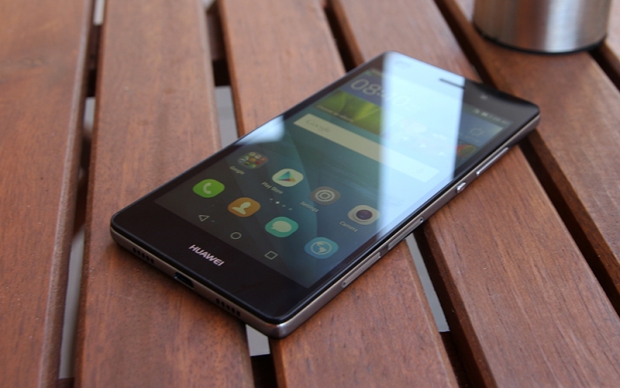Index
OS, UI and Everyday Use
There are a few issues we need to bring up in the OS department. For some reason, Huawei rushed the launch of the P8 Lite with the Qualcomm 615 processor, so these units started shipping with Android 4.4. That simply doesn’t cut it in this day and age. Add to that the fact that Android 4.4 has to run the 64-bit SoC in 32-bit mode, and things start to look bad.
A lot of vendors are already shipping Android 5.1 phones, and Android M is just around the corner. However, the Kirin 620 variant we had a chance to test, ships with Android 5.0. That’s ok, and since this is a big-brand phone, we suspect it will get a couple of updates as well.
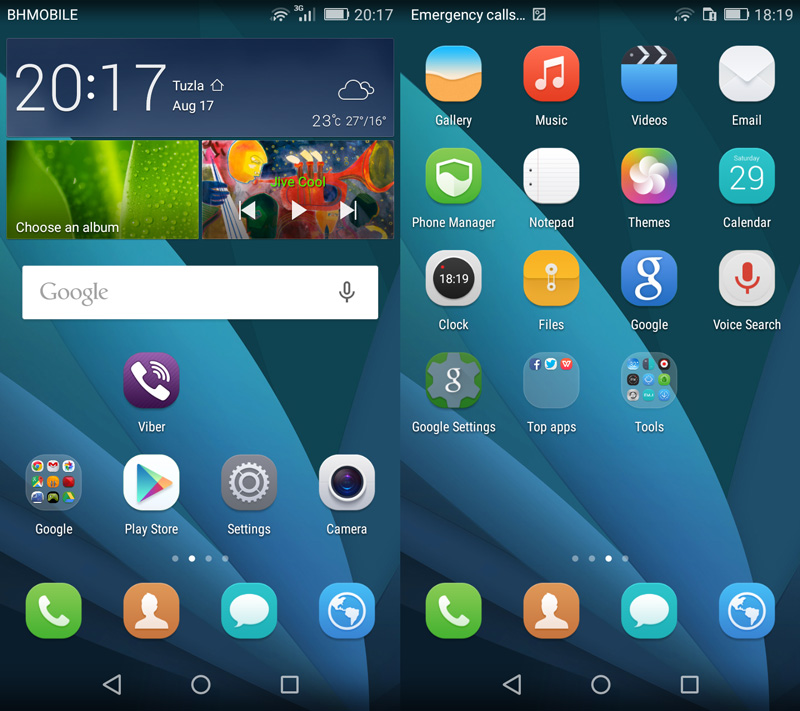
Like all Huawei phones, you get a heavily customised Android experience with Emotion UI 3.0 (EMUI) on top. EMUI is a mixed bag, but that goes for pretty much every custom Android UI. It all depends on what you prefer, plain Android and an app drawer, or something a bit flashier, with an iOS look, sans app drawer.
The EMUI skin is clean and minimalistic, and it has a few neat tricks up its sleeve. For example, you can play around with the location and combination of on-screen navigation buttons. We already saw similar solutions from other vendors, and we find them quite useful. If you are coming from a different phone, you can keep the layout you are used to, and that’s great.
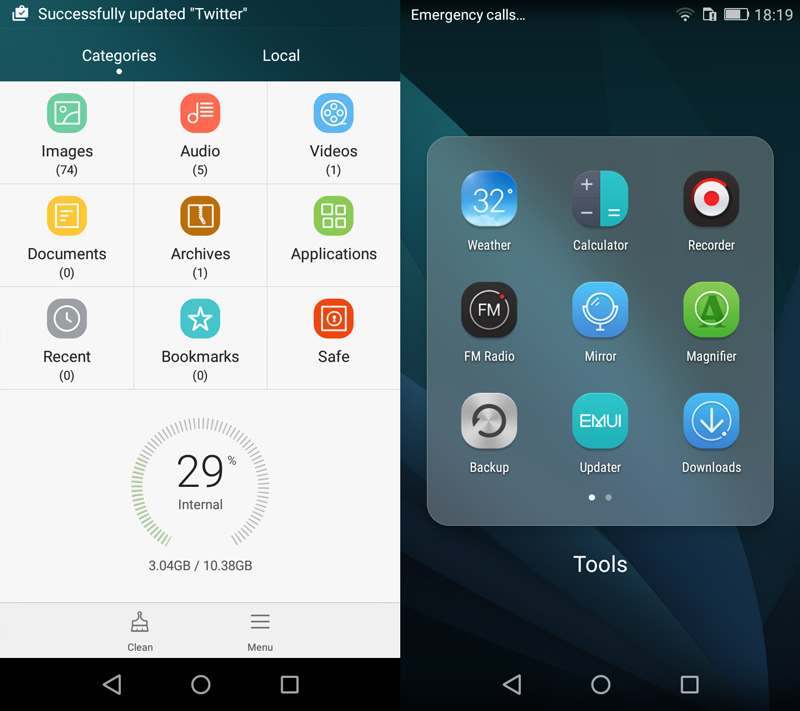
The phone also has a theme manager and allows users to download a lot of different skins. There’s a lot to choose from, and many of them look quite good, so kudos to Huawei. Emotion UI 3.0 also has a lot of customisation options, but they aren’t limited to aesthetics.
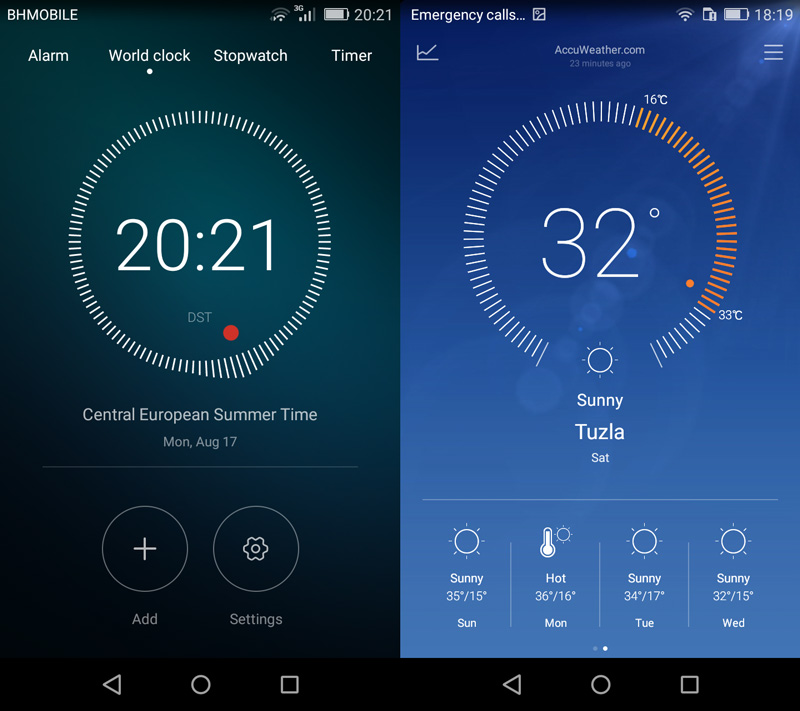
You can easily access a host of security features, customise the airplane mode, tweak the privacy settings and more. You can also control a lot of permissions for your apps, in case you want to limit their access to mobile data, push messages, notifications or WiFi. It can be time consuming, but power users should appreciate it.
Overall, we found EMUI 3.0 quite good, or should we say surprisingly good. It’s not as heavy as some skins out there, yet it offers users a lot of clever and useful features. In most respects, especially from an aesthetic perspective, we feel it trumps Samsung’s TouchWiz and a number of Android skins used by other major manufacturers. Of course, if you can’t live without an app drawer, you can download a third-party launcher that will sort everything out.
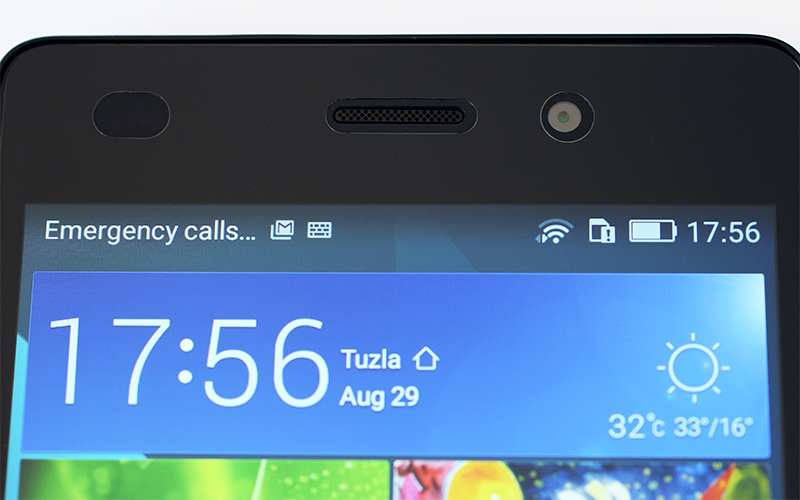
Since this is a thin and compact mid-range phone, it doesn’t have a huge battery. However, thanks to the underpowered SoC and 720p, the 2200mAh battery offers decent performance. Of course, don’t expect miracles: the results are average and you should get a day and a half of battery life out of it. This isn’t bad, but it’s not great, either. Most thin 5-inchers ship with 2000mAh to 2400mAh batteries, so the P8 Lite is smack right in the middle in terms of capacity and battery life.
The bad news is that it takes a long time to charge the P8 Lite, especially with the bundled charger. The stock charger needs more than three and a half hours to get the job done.
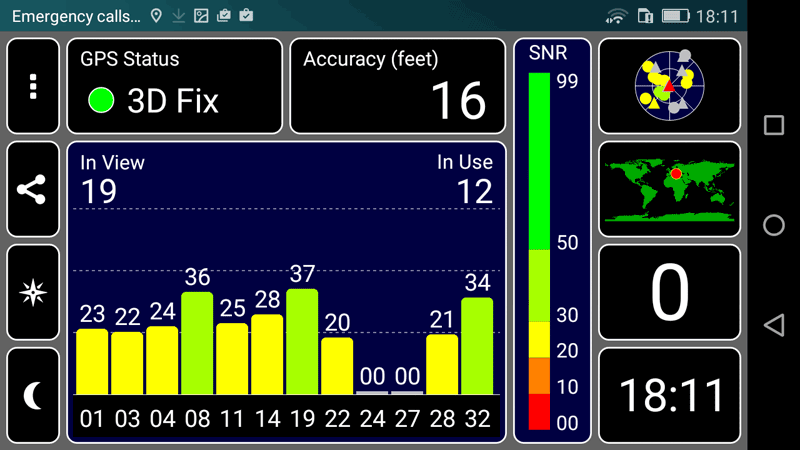
We have no GPS issues to report. The P8 Lite manages to get a good lock and the speed is average.

